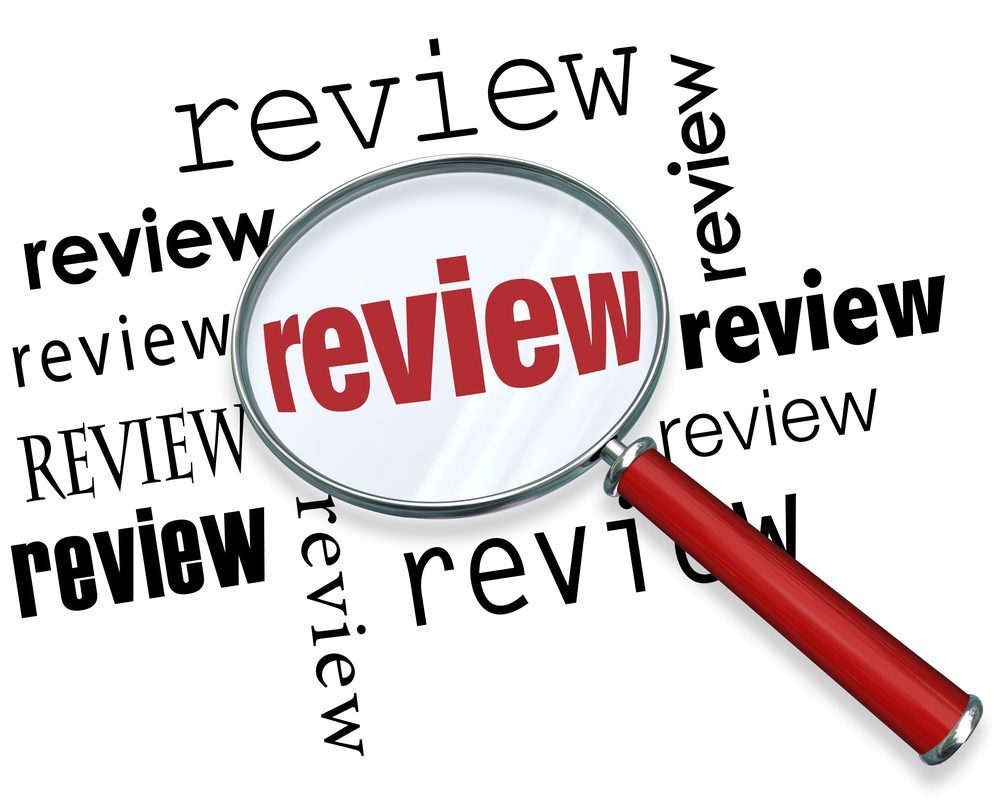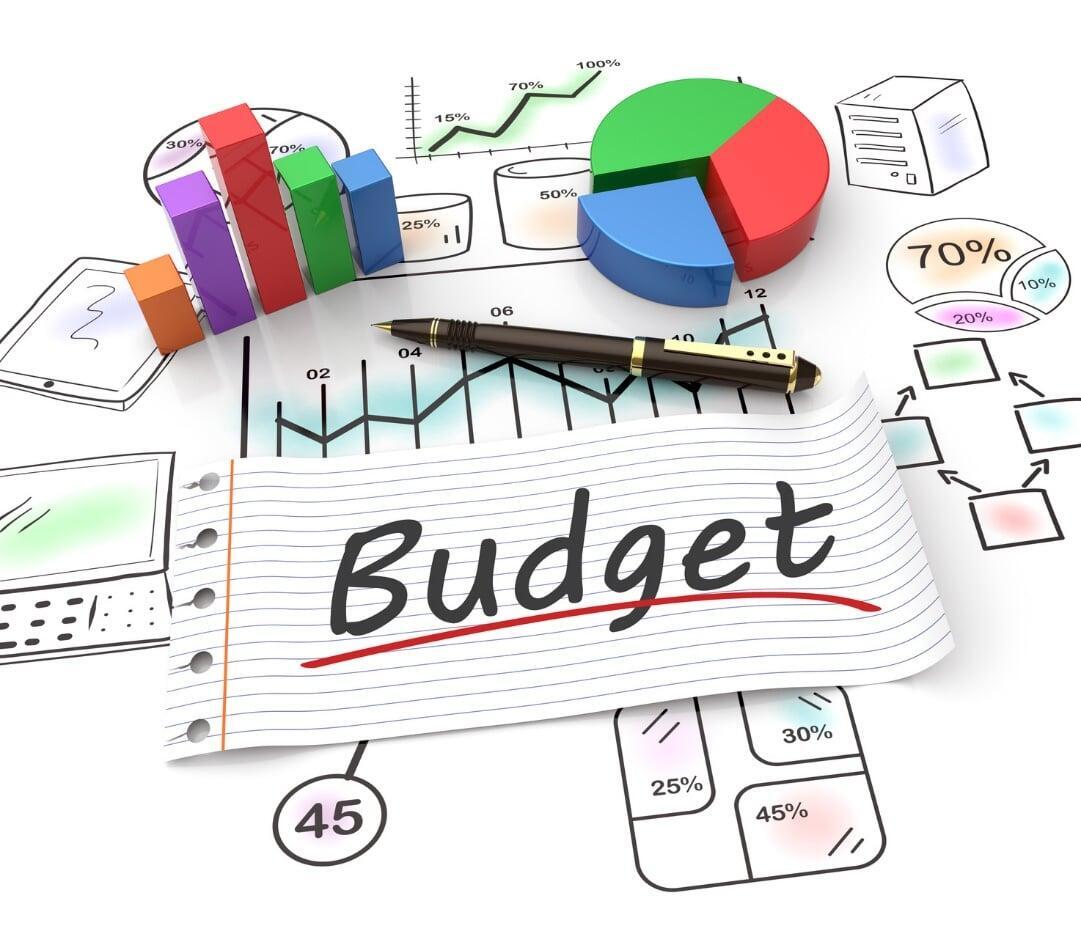September22,2025
Why Q4 Planning Matters More Than Ever?
Every year, Q4 sneaks up on Canadian business owners—and especially those here in London, Ontario (Forest City)—faster than expected. One minute you’re cruising through summer, and the next you’re juggling holiday sales, year-end tax deadlines, payroll, and wrapping up contracts. For many small businesses in the Forest City, Q4 feels like the last few minutes of a tied soccer match—fast, chaotic, and decisive.
But here’s the real challenge: if you only focus on Q4 in isolation, you risk making short-term decisions that weaken your financial position in January and February.
For example:
Retail stores in London may enjoy a holiday sales boom but face sluggish January traffic.
Service-based businesses across Forest City may wrap up projects in December but struggle to secure new contracts right away.
Without foresight, these gaps create stress, overdrafts, and missed opportunities.
That’s why a strong Q4 budget is about more than ending the year on a high note—it’s about setting the stage for Q1 and beyond. By looking at Q4 as the foundation of a rolling, back-to-back budgeting system, you create continuity. Your expenses, tax planning, payroll, and growth investments are mapped not just to December 31, but also to March 31, June 30, and beyond.
This is where CPA-driven budgeting in London, Ontario becomes critical. Accountants don’t just crunch numbers—we anticipate ripple effects. Overspend on holiday promotions without a January plan, and you’ll face a cash flow crunch. Wait until tax season to think about deductions, and you’ll face avoidable headaches in April.
With the right strategies, though, you flip the script. A proactive budget transforms Q4 from a period of pressure into a strategic springboard. Instead of closing the books and bracing for the new year, you’re launching into 2026 with clarity, control, and momentum.
1. Review Year-to-Date Performance Before Building Q4 Budgets
Why this matters for SEO & your business:
When it comes to Q4 business budgeting, one of the biggest mistakes small business owners make is diving into year-end planning without first reviewing what’s already happened. Skipping this step is like heading into a championship game without reviewing the last season’s stats—you’ll miss valuable insights that could change your strategy.
Problem: Entrepreneurs often rush into Q4 by projecting income and expenses without analyzing year-to-date financials. This leaves them blind to problem areas like expense creep, declining margins, or overlooked tax opportunities.
Solution: A CPA always begins with a year-to-date financial review. Numbers don’t lie, and they paint the clearest picture of your current business health.
Here’s what to do:
Export your Profit & Loss (P&L) statement from accounting software like QuickBooks Online, Xero, or Zoho Books.
Compare actual results to your original budget or forecast. Look for categories that are 10–15% higher (or lower) than planned.
Identify revenue patterns: Did you experience sales peaks in summer? Did certain months under-perform? Recognizing these seasonal shifts helps predict Q4 cash inflows more accurately.
Spot expense leaks: Subscriptions, vendor costs, or travel budgets that grew quietly over time can eat into margins. A YTD review exposes them.
Check profitability: Review both gross margin (after direct costs) and net profit (after all expenses) to understand whether your growth is sustainable.
Key Questions to Ask Yourself:
Am I still on track to meet my annual revenue goal?
Which expenses grew faster than revenue?
Are there seasonal sales spikes I should anticipate in Q4?
Do I have enough retained earnings to cover slower Q1 months?
CPA Tip: Don’t just analyze numbers at the high level. Dig into variance analysis. For example, if marketing spend is up 20% but sales only grew 5%, that’s a red flag for ROI. On the other hand, if payroll rose due to overtime but revenue doubled in those periods, that may actually signal healthy scaling.
Doing this review ensures your Q4 plan is built on precision, not guesswork. It also arms you with the insights you need to spot opportunities for tax savings and operational efficiency before the year closes.
2. Build a Rolling 12-Month Budget – Not Just Q4
Why this matters for SEO & your business:
A common search query from business owners is “How do I plan my Q4 budget without running into cash flow issues in January?” The answer is simple: don’t stop at Q4. Build a rolling 12-month budget in London, Ontario. This method keeps your financial planning alive beyond Q4 and prepares you for the quieter months that often hit businesses in the Forest City after the holiday rush.
Problem: Many small businesses focus only on the immediate quarter. The issue? This short-term mindset leaves them exposed to cash flow droughts in January and February, exactly when sales often dip and tax obligations come due.
Solution: Build a rolling 12-month budget that covers Q4 and extends into the next fiscal year. This forward-looking tool ensures continuity. You’re not just reacting to year-end pressures—you’re proactively planning for the future.
How to implement a rolling budget:
Start with October 2025 and forecast through September 2026. This creates overlap between fiscal years and avoids the “December cliff.”
Update it quarterly. Replace estimates with actuals every three months to keep the budget alive and relevant.
Forecast revenue in line with seasonal trends. For example, a landscaping company in Ontario should expect slower revenue in Q1 but can budget for a ramp-up in Q2.
Layer in tax installments, payroll increases, and debt repayments. These fixed obligations shouldn’t surprise you in Q1—they should already be baked into your rolling budget.
CPA Tip: Think of your rolling budget as your financial GPS. Just as a GPS recalculates your route if you hit traffic, your rolling budget adjusts as actual numbers come in. By always looking one year ahead, you protect against surprises and keep your cash flow, tax strategy, and capital investments synchronized.
This approach transforms budgeting from a static “spreadsheet exercise” into a dynamic financial system that evolves with your business.

3. Prioritize Cash Flow Over Profit in Q4
Why this matters for SEO & your business:
Searches for “cash flow management in Q4” or “cash flow vs profit small business” are trending because many entrepreneurs confuse profitability with liquidity. But here’s the truth: profits on paper won’t keep your business alive if you can’t pay your bills.
Problem: Many business owners celebrate year-end profits without realizing that most of those dollars are tied up in receivables, inventory, or future contracts. This creates a dangerous gap when payroll and vendor bills come due in December or January.
Solution: Build a weekly cash flow forecast for October through December. Unlike monthly budgets, weekly forecasts let you catch small cash dips before they become crises.
How to do it:
List all receivables and their expected payment dates. If clients are slow to pay, factor in realistic timelines.
Map outgoing payments, including payroll, rent, vendor bills, and loan installments.
Identify weeks where cash outflows exceed inflows. These are red flags for overdrafts or financing needs.
CPA Tools that help:
QuickBooks Cash Flow Planner for automated weekly forecasting.
Float App for visual, scenario-based projections.
Fathom for integrated cash flow analysis across multiple accounts.

4. Align Budgeting With Tax Strategy
Why this matters for SEO & your business:
Business owners often search for “year-end tax planning tips Canada” or “how to reduce corporate tax Q4.” The answer lies in integrating tax strategy directly into your budget.
Problem: Too many entrepreneurs treat taxes as a once-a-year event. By the time you file in April, it’s too late to implement strategies that could have saved thousands.
Solution: Make tax planning part of your Q4 budgeting process. Every financial decision you make in October–December has tax implications.
CPA considerations for Q4 tax planning:
Accelerate expenses: If your income is high, buying equipment, pre-paying rent, or investing in marketing before December 31 can reduce taxable income.
Defer income: If you’re close to a higher tax bracket, pushing income into January may keep you in a lower bracket for 2025.
Maximize Capital Cost Allowance (CCA): Assets purchased and available for use before year-end qualify for depreciation claims.
Corporate tax installments: December payments are often overlooked, creating penalties if not budgeted.
CPA Insight: This isn’t tax avoidance—it’s smart tax optimization. Local businesses in the Forest City who take advantage of year-end tax strategies not only reduce stress in April but also unlock savings that can be reinvested into Q1 growth.
5. Create a Holiday and Seasonal Sales Plan
Why this matters for SEO & your business:
High-intent searches like “holiday sales strategy small business” or “how to budget for seasonal demand” show how critical Q4 planning is for both retail and service businesses.
Problem: Businesses either overstock for the holidays, leaving cash tied up in unsold inventory, or underestimate demand and miss sales opportunities. For service-based firms, December often slows down, leading to unplanned revenue gaps.
Solution: Budget around seasonal sales cycles.
Retail & E-Commerce: Allocate more to inventory and seasonal staff—but use last year’s data to guide your decisions.
Service Businesses: Since December is slow for many, budget extra for marketing to keep leads flowing into January.
B2B Firms: Many companies spend remaining budgets in Q4—plan outreach campaigns to capture those contracts.

6. Don’t Forget Debt and Financing Costs
Why this matters for SEO & your business:
Searches like “small business debt planning Canada” and “budget for loan payments” spike at year-end because financing costs often catch owners by surprise.
Problem: Many entrepreneurs forget about year-end loan obligations—interest accruals, balloon payments, or credit card balances that reset in January. The result? Cash reserves are drained when they’re needed most.
Solution: Build debt management into your Q4 and rolling budget. List:
Credit card balances and interest
Line of credit payments
Bank loans (BDC, RBC, Libro, etc.)
Equipment financing
CPA Advice: Planning these in advance ensures January cash flow isn’t hijacked by debt obligations. Better yet, review whether refinancing or restructuring could reduce interest costs going into 2026.
Remember: Cash flow isn’t just about income and expenses—it’s also about how you manage obligations to lenders.
7. Plan for Payroll, Bonuses, and Staffing
Why this matters for SEO & your business:
Searches like “year-end payroll planning Canada” or “holiday bonus budgeting for small business” spike every December. Payroll and staffing costs are one of the biggest cash drains in Q4, and without careful planning, they can disrupt cash flow.
Problem: Many business owners underestimate how much year-end payroll truly costs. December often includes overtime for seasonal rushes, holiday bonuses, and year-end employer contributions like CPP, EI, and WSIB. Without forecasting, you risk overdrafts or delayed staff payments—both of which hurt morale and credibility.
Solution: Work with your CPA to project all staffing-related costs in advance, including:
Salaries and wages for all staff.
Overtime pay during busy December periods.
Employer contributions to CPP, EI, WSIB (or other benefits).
Holiday bonuses or incentives.
If cash is tight, explore non-cash perks like extra vacation days, flexible schedules, or team recognition events. They reward staff without putting extra strain on your Q4 budget.
CPA Insight: Payroll planning also ties into tax strategy. Bonuses paid before December 31 not only keep staff motivated but also provide a tax deduction that benefits London, Ontario businesses.
8. Review Subscriptions and Fixed Costs
Why this matters for SEO & your business:
Many small business owners search “how to cut business costs” or “subscription audit for small business” because hidden costs add up.
Problem: Businesses often pay for subscriptions, SaaS tools, memberships, or services they no longer use. These recurring expenses drain cash without delivering real ROI.
Solution: Run a Q4 expense audit with your CPA:
Cancel overlapping SaaS tools (e.g., two project management apps).
Reassess memberships that don’t generate revenue or leads.
Cut marketing subscriptions or software not actively used.
Even trimming $200/month in unnecessary expenses frees up $2,400 annually. That’s cash that could be redirected into growth initiatives, payroll, or your contingency fund.
CPA Tip: Review not only subscriptions but also fixed costs like utilities, insurance, and leases. Sometimes, renegotiating contracts before year-end can lead to significant savings heading into Q1.
9. Invest in Growth—but Budget Smartly
Why this matters for SEO & your business:
Searches like “year-end business investments” or “should I buy equipment before tax year ends” show that business owners want to grow but fear overspending.
Problem: Many entrepreneurs freeze spending in Q4 to “protect cash.” While this feels safe, it can actually limit growth potential and miss out on tax advantages. On the flip side, some owners overspend emotionally without calculating ROI.
Solution: Allocate part of your Q4 budget to strategic growth investments. Examples include:
Holiday marketing campaigns to boost Q4 and Q1 sales.
New equipment or technology purchases that qualify for Capital Cost Allowance (CCA) tax deductions.
Staff training programs to upskill employees before the new year.
Your CPA can run ROI projections so you invest wisely, not emotionally. This ensures every dollar works toward growth without putting cash flow at risk.
Pro Tip: Investments made before December 31 may reduce taxable income for 2025, creating a double benefit—growth and tax savings.
10. Build a Contingency Fund for Q1
Why this matters for SEO & your business:
High-intent searches like “how to prepare for January cash flow dip” show how common post-holiday slowdowns are for Canadian businesses.
Problem: January and February are often slow months. While expenses like payroll, rent, and loan payments continue, sales often dip after the holiday rush. Without a safety net, businesses turn to credit cards or lines of credit—adding unnecessary interest costs.
Solution: Allocate 5–10% of your Q4 budget into a “January insurance fund.”
Think of it as your cash flow cushion. This ensures you can cover payroll and expenses even when sales soften after the holidays.
CPA Tip: Consider placing this fund into a high-interest business savings account so it earns a return while waiting to be used.
11. Use Technology to Automate Budget Tracking
Why this matters for SEO & your business:
Many searches like “best budgeting software for small business Canada” or “how to track business spending automatically” reflect a pain point: budgets fail because they’re not monitored in real-time.
Problem: Business owners often prepare budgets but never track performance consistently. By January, it’s too late to fix Q4 overspending.
Solution: Use technology to automate budget tracking and reporting.
CPA-Recommended Tools:
QuickBooks Online: Syncs bank feeds and applies rules for recurring expenses.
Zoho Books: Integrates expense tracking and reporting.
Fathom: Provides visual forecasting and variance analysis.
With automation, you’re alerted to overspending in November—not blindsided in January.
Pro Tip: Automation doesn’t replace your CPA—it enhances collaboration. You’ll spend less time chasing numbers and more time making strategic decisions.
12. Schedule a Q4 CPA Check-In
Why this matters for SEO & your business:
Searches like “CPA year-end planning session” or “should I meet my accountant before year-end” highlight how valuable advisory check-ins are.
Problem: DIY budgeting is great, but it often misses blind spots—especially around tax savings, cash flow, and dividend vs. salary planning.
Solution: Book a Q4 strategy session with your CPA. In a single meeting, you can:
Review your year-to-date tax position.
Adjust budgets for late-year income or expense changes.
Decide on the right mix of dividends vs. salary before December 31.
Build a roadmap for Q1 cash flow and tax deadlines.
Conclusion – From Q4 Survival to Year Round Success
Too often, Q4 is treated like the final sprint of the year. But businesses that thrive in London, Ontario (Forest City) don’t just sprint—they plan for back-to-back quarters of growth.
With CPA-guided budgeting, London entrepreneurs can:
Avoid last-minute tax shocks.
Protect cash reserves.
Invest with confidence.
Enter 2026 with momentum.

